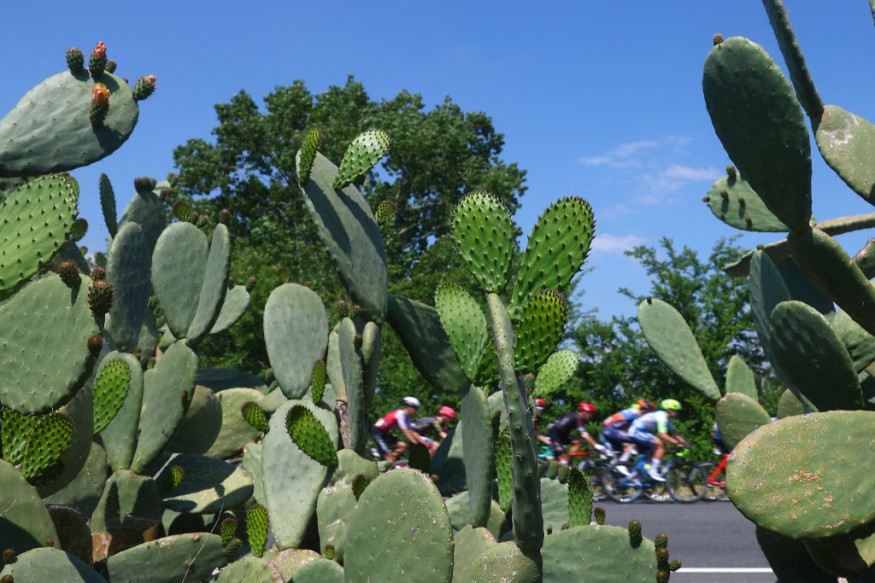
Researchers said that the first Florida species to go extinct locally as a result of the climate crisis is the Key Largo tree cactus (Pilosocereus millspaughii).
Due to soil depletion from hurricanes and saltwater flooding, researchers from Miami's Fairchild Tropical Botanic Garden and the Florida Museum of Natural History claim that the rare tree cactus has become extinct due to the climate emergency.
Predictor
The species was already reduced to a single population of six stems in the Florida Keys. It is now only found on a few remote Caribbean islands, northern Cuba, and parts of the Bahamas.
To protect the species, they were transported to a greenhouse in 2021, however, despite repeated searches, no naturally occurring Key Largo cactus has been found since.
With "tentative plans" for a small-scale replanting initiative with the Florida Department of Environmental Protection (DEP), there is little chance that it will reestablish itself.
Nearly 90% of the low-lying Florida Keys island chain is only 5 feet above sea level, and by 2100, NASA predicts that the ocean will have risen by up to 7 feet.
Jennifer Possley, a botanist at Fairchild University and lead author of a study detailing the decline of the Key Largo tree cactus, believes that the plant may serve as a predictor of how other low-lying coastal plants will react to climate change.
According to the scientists, they first observed the decline of the Pilosocereus millspaughii population in the Keys in 1992, when it was initially identified as a distinct species from the Key Tree cactus, which shares a similar look and is found across the Keys, albeit in smaller quantities.
A 2005 storm surge occurrence in the lower Keys revealed a connection between cactus death and salt water. The Key Largo cactus growth area was near the shore, but the soil and organic matter there were damaged by hurricane surges and abnormally high tides.
Researchers also discovered that animals who were denied access to clean drinking water elsewhere were consuming the plants that retained moisture, which was worsening the situation.
"In 2011, we started seeing saltwater flooding from king tides in the area," said study co-author James Lange, a research botanist at Fairchild and member of a team that returned annually to gauge the health of the cactuses.
He added that the steady ascent of salt-tolerant plants that were previously confined to brackish soils beneath the mangroves is a sign that salinity levels are rising. He claimed that those circumstances alone would have finally wiped out the species, and in a few years, about half of the Key Largo cactus population had vanished.
Next came Hurricane Irma, a category 4 storm that devastated many more cacti and left the region under water for weeks in 2017. Later, in 2019, there were more king tides, and two years later, it was decided to "evacuate" the few stems that remained.
Understanding What To Expect
The study's authors, who consulted with the DEP and University of Florida academics, claim that the demise of the Key Largo tree cactus and the need to remove it have improved their understanding of what to anticipate as other species become impacted by the climate issue.
However, they noted that repairing environmental harm and maintaining it would not be simple.
"Understanding and predicting the fate of rare organisms and their habitats in the face of climate change will likely be complicated by similar ecological interactions and will require a multi-disciplinary approach to conservation," Lange said.
Related Article : Species Extinction, Biodiversity Loss Threaten Ecosystem Stability
© 2025 NatureWorldNews.com All rights reserved. Do not reproduce without permission.





